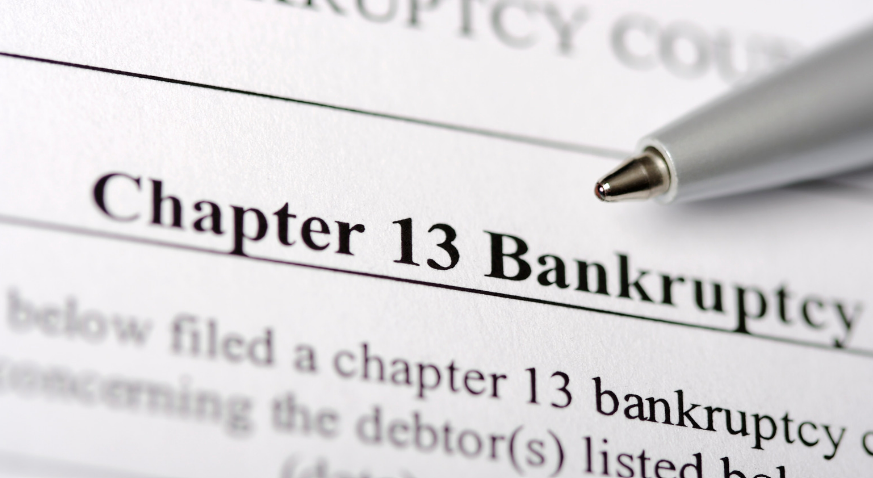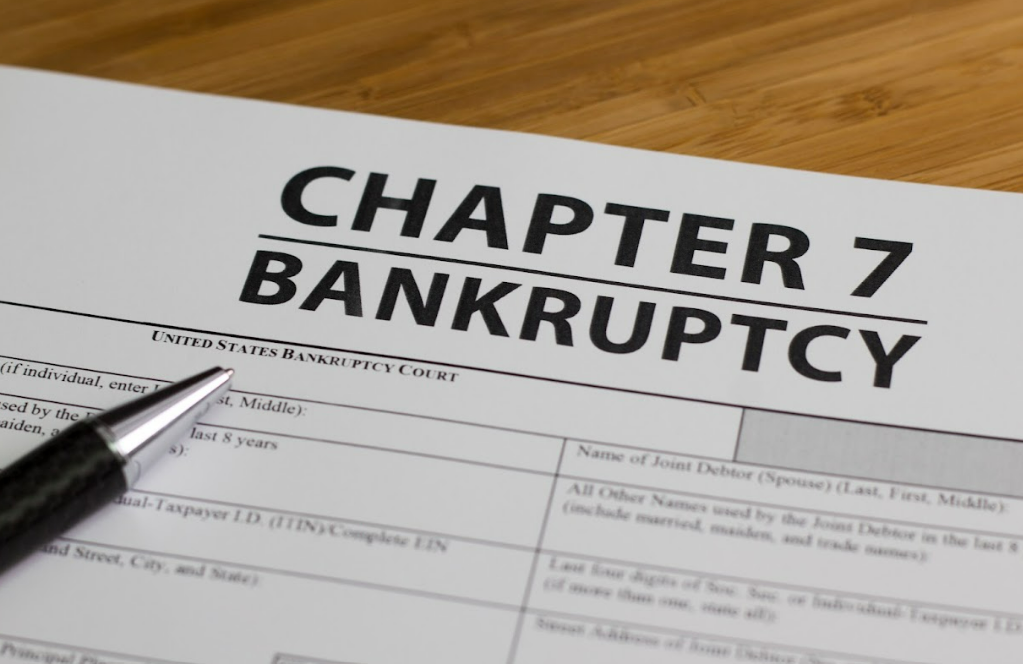Debt can feel overwhelming. Creditor calls pile up, and the mailbox overflows with collection notices. You might be wondering if bankruptcy is the answer. But with two main options – Chapter 7 and Chapter 13 – choosing the right path can be confusing. Don’t worry, we’re here to help. This guide will break down the key differences between Chapter 7 and Chapter 13 bankruptcy cases so you can make an informed decision about your financial future.
Step 1: Understanding Chapter 7 Bankruptcy Basics
Chapter 7 Bankruptcy offers a fresh financial start by eliminating most of your unsecured debts. Think credit cards, medical bills, and personal loans. Here’s how Chapter 7 bankruptcy works:
- The Process: You file a petition with the bankruptcy court and list your assets and liabilities.
- The Trustee: A court-appointed bankruptcy trustee takes control of your non-exempt assets (things you can’t legally protect under the bankruptcy code) and sells them to pay back your unsecured creditors to a certain extent.
- Debt Discharge: Once the process is complete, the court discharges most of your eligible dischargeable debts to give you a clean slate.
There are bankruptcy exemptions in place to protect essential assets like your car and home, up to a certain value. However, depending on the state you live in and the value of your assets, there’s a chance you might lose some property.
Step 2: Understanding Chapter 13 Bankruptcy Basics
Chapter 13 bankruptcy focuses on creating a repayment plan to manage your debt over a three-to-five-year period. Here’s a breakdown of how Chapter 13 bankruptcy works:
- The Plan: You develop a plan with the help of an experienced bankruptcy lawyer to repay all or a portion of your debts, including secured debts like mortgages and car loans, and unsecured debts like credit card debt, through monthly payments to a court-appointed bankruptcy trustee.
- Court Approval: The bankruptcy court needs to approve your repayment plan, ensuring it’s feasible and fair to your unsecured creditors.
- Debt Repayment: You make monthly payments to the trustee, who then distributes the funds to your creditors according to the approved plan.
- Debt Discharge: Once you complete the repayment plan, the remaining eligible dischargeable debts are discharged.
Eligibility: Who Qualifies for What Bankruptcy Chapter?
Now that you understand the basics of bankruptcy, let’s explore who qualifies for each chapter.
Chapter 7 Eligibility
Qualification for Chapter 7 involves a means test. The test compares your income to the average income in your state.

If your income falls below the median, you’ll likely qualify. However, if your income is significantly higher, the court might push you toward Chapter 13.
Chapter 13 Eligibility
There’s no income limit for Chapter 13. However, it’s imperative to have regular income for a feasible repayment plan. Additionally, there are debt limits set by the bankruptcy code. Your total secured and unsecured debts cannot exceed a certain amount.
Exempt vs. Non-Exempt Assets: What Can You Keep in a Bankruptcy Case?
When filing for bankruptcy, understanding the difference between exempt and non-exempt assets is crucial.
Bankruptcy Exemptions
These are assets protected by bankruptcy law. The types of exempt assets and the value of the exemption vary by state. Some common bankruptcy exemptions include a certain amount of equity in your home, your car (up to a specific value), and household items.
Non-Exempt Assets
These are assets that aren’t protected by bankruptcy exemptions. If you have non-exempt assets with significant value, the trustee might sell them to pay back your creditors in Chapter 7.

In Chapter 13, you might be able to keep non-exempt assets by incorporating them into your repayment plan.
The Credit Report Hit: How Does Bankruptcy Affect Your Credit?
Both Chapter 7 and Chapter 13 bankruptcy will stay on your credit report for seven to ten years. However, the impact differs slightly:
Chapter 7
A Chapter 7 filing can have a significant negative impact on your credit score, potentially dropping it by 100 points or more. The good news is that your score can start to recover within a year or two of filing, with responsible credit management.
Chapter 13
While Chapter 13 also impacts your credit score, the damage tends to be less severe compared to Chapter 7. Completing a Chapter 13 plan demonstrates your commitment to repaying your debts, which can be viewed favorably by lenders in the long run.
The Cost Factor: How Much Does a Bankruptcy Case Cost?
Bankruptcy isn’t free. There are court filing fees and attorney fees associated with both Chapter 7 and Chapter 13. Chapter 13 typically involves more complex legal work, so attorney fees might be higher. However, consulting with an experienced bankruptcy lawyer is crucial for navigating the process and maximizing your chances of a successful outcome.
Final Thoughts
There’s no one-size-fits-all answer to Chapter 7 vs. Chapter 13. The best choice depends on your specific financial circumstances, goals, and risk tolerance. By understanding the key differences and consulting with a bankruptcy attorney, you can make an informed decision about your financial future and achieve financial relief.


More Stories
5 Ways to Financially Prepare for Parenthood
Why Secured Credit Cards Are a Smart Choice for Credit Building
How to Streamline Payment Reconciliation and Reporting for Maximum Efficiency